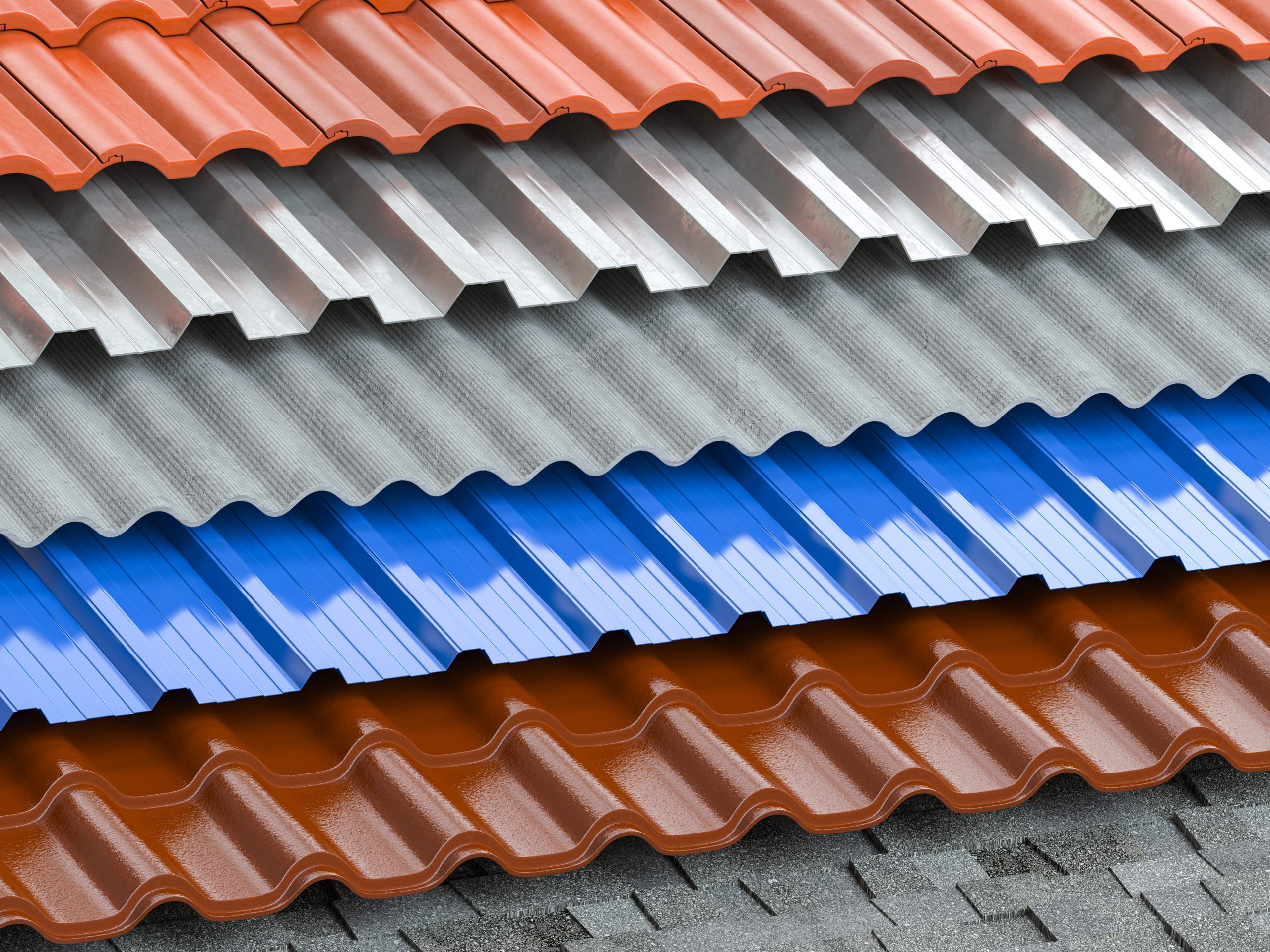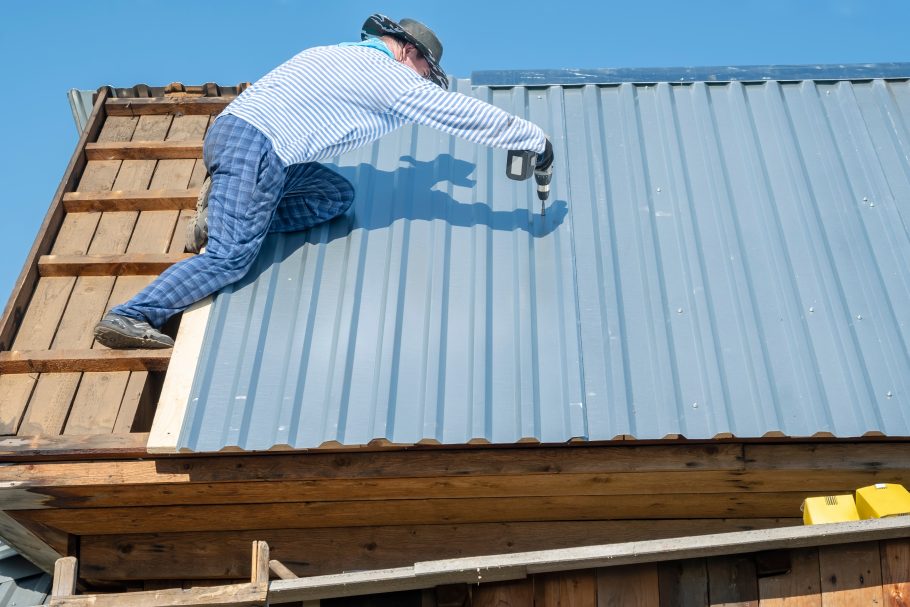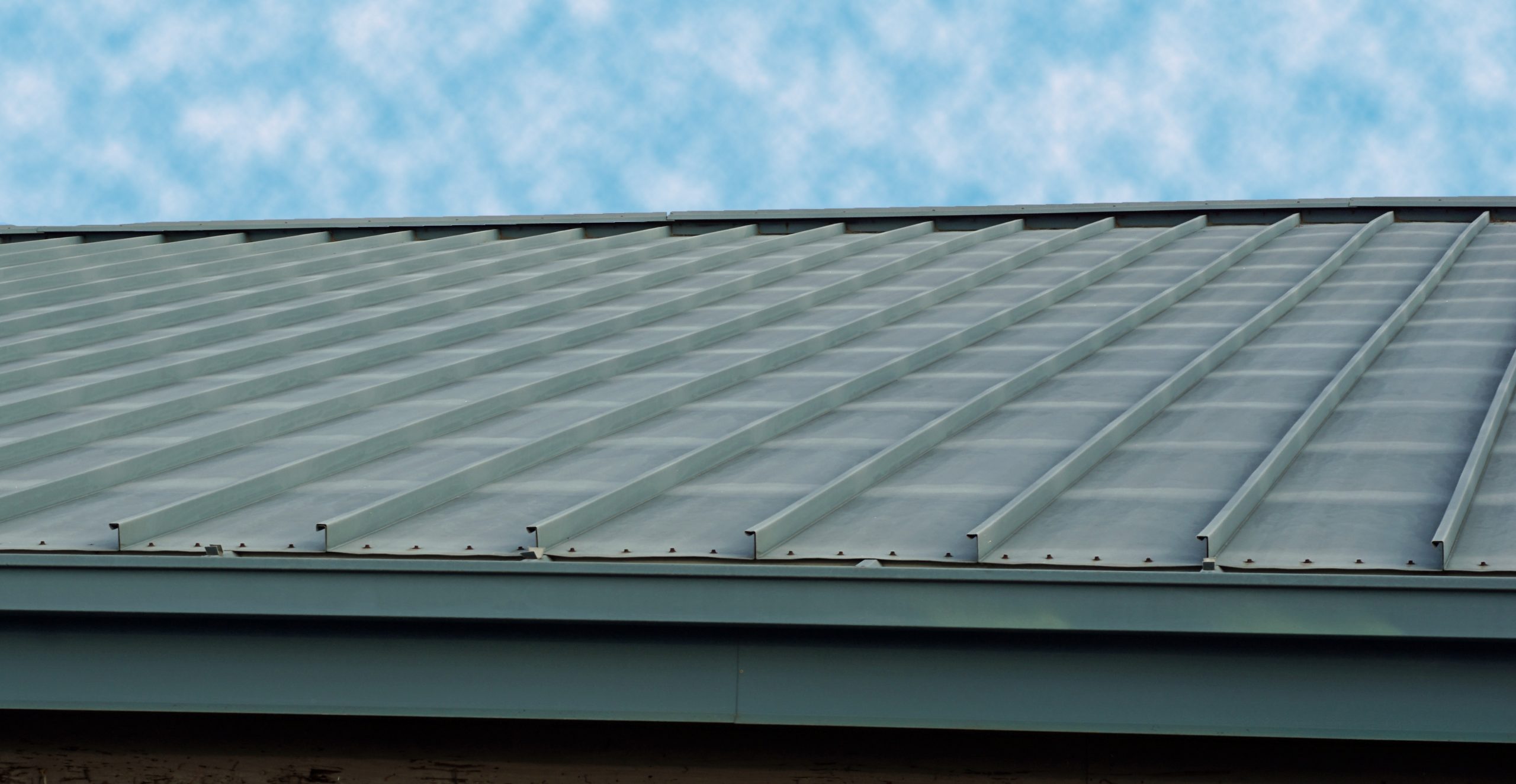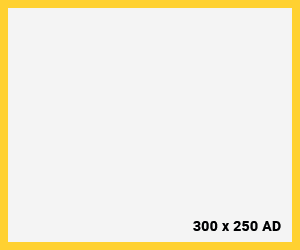Is steel good for roofing (Pros and cons)?
Steel is a type of alloy (made from iron and other elements) and is used in almost every aspect of building. Steel roofing in fact, has been one of the most common materials that are found on commercial construction sites for many years. Today, it is now often found in residential buildings as well.
Steel is recyclable
While the production process for steel is quite an energy-intensive process when compared to other metals like Zinc; the recyclability and overall availability of the metal of steel is the reason why it is the most commonly used metal for roofing today. It is often made from recycled materials, rather than being produced as brand-new, which is a definite bonus. In actual fact, steel is one of the most recycled materials on the planet. So, if you are looking to reduce your carbon footprint, then steel roofing is a great start.
Steel is the least expensive
When compared to other metals, steel is indeed one of the least expensive. Whilst also being a serious commodity, steel is often priced much lower than zinc, copper, or aluminium. This is why steel is both affordable and readily available in greater amounts.

The Three primary steel roof types:
What are the main types of steel roofs and what are their benefits?
- Galvanized steel: galvanized steel is manufactured using a layer of zinc in order to protect the inner layers of steel from corroding. This helps to extend the overall life of the steel and slow the degradation process. In addition to that, galvanized steel is indeed the most common roofing material.
- Galvalume steel: galvalume steel is similar to galvanised, however, rather than zinc, it uses a combination of aluminium and zinc. The aluminium counterpart is better for protecting against corrosion and other environmental effects. However, aluminium does make it more vulnerable to scratches.
- Weathering steel: weathering steel is a type of steel that was first designed for heavy industries, such as bridge construction. There is an outer layer that is designed to rust intentionally, thus protecting the inner layers of steel.
Over the last fifty years, steel roofing has gone through some huge advancements. Now it can be used to mimic the look of copper, zinc, and many other expensive metal roofing materials. This is done via various paint systems that create a natural aesthetic, or even a weathered steel look.
Steel is flexible regarding usage and cost
One of the main advantages that steel has over other materials is that it is flexible in both usage and cost. Due to the higher prices of other metals, steel has become one of the primary solutions both in a residential and commercial setting.
It’s the greener material
Steel is great as a green solution as it is both accessible and highly recyclable. As far as options go, it is also one of the hardest metals that can be used in a wide variety of weather environments, including hard hail and strong winds.
What are the advantages of having a metal roof?
- Longevity: Metal roofs can often last between 40 and 70 years (depending on the material). Whereas traditional asphalt roofing materials may only last between 12 and 20 years.
- Durability: When installed correctly, metal roofs can sustain serious winds of up to 140 miles per hour. That, and they will not corrode or crack and can be relatively impact-resistance. Not only that, but metal roofs do not require regular and costly maintenance when compared to other roofing materials.
- Safety: Metal roofs do not spark and ignite into flames during a wildfire or lightning strike, making them far safer in serious weather conditions.
- Energy efficiency: Metal roofs can reflect the UV rays from the sun, thus contributing to the roof’s surface radiant heat, also resulting in a typical 10-25% cooling cost.
- Eco-friendly: Metal roofs are typically made up of 25-95% recycled materials. That, and at the end of their lifecycle, they are entirely recyclable.
What are the disadvantages of having a metal roof?
- Affordability: Metal roofs can sometimes be two or three times more expensive than roofing materials—which is another reason to opt for steel, which is the cheapest of the metals. And certainly, whilst they might cost more, metal roofs last significantly longer, making them an excellent investment.
- Noise: Metal roofs can be terribly noisy during periods of heavy rain or hailstorms. However, you can add attic insulation to try and reduce this noise.
- Fastener expansion and contraction: Over time, metal roofing assemblies that are attached as large panels can degrade due to the contraction and expansion of the metal. These can dislodge and degrade and may need replacing. However, over such a long life, this is to be expected.
- Colour matching difficulties: It can be difficult to colour match your existing metal when repairs are made years later.
- Performance: Water accumulation on the roof due to poor installation or low-quality materials can cause serious damage. Using low-grade metals that are less durable can also rust in certain climates. Thus, when investing in a metal roof, you should always opt for steel!
How much does steel roofing cost?
- Corrugated steel: $100-$250
- Aluminium shingles: $315-$600
- Galvanized steel: $335-$425
- Tin: $350-$1,400
- Zinc: $600-$1,000
- Copper: $1,400-$2,500
Conclusion
All in all, steel is the winning roofing material here. Steel roofs last much longer, they’re great for the environment, they are durable, they’re less expensive, and so much more. With so many irrefutable benefits, using any other form of roofing material simply doesn’t compute.
If you are interested in exploring steel roofing as a solution for your home, then we recommend checking out a reputable steel roofing installation company for more information.






